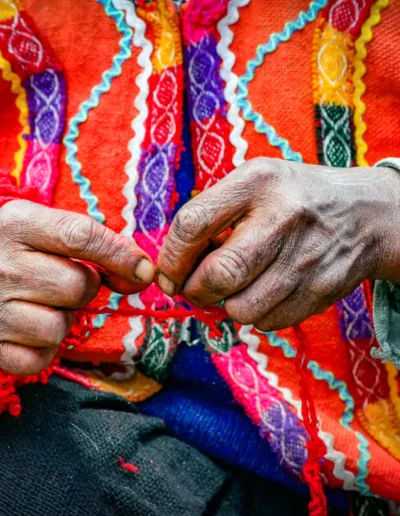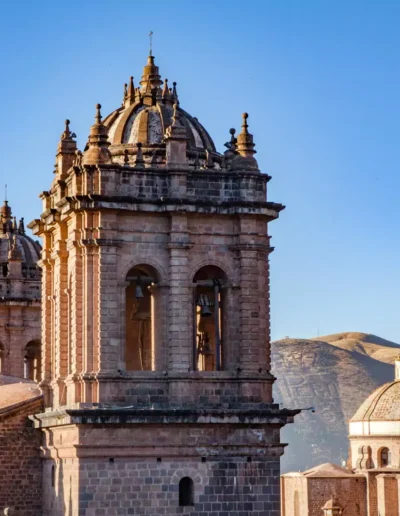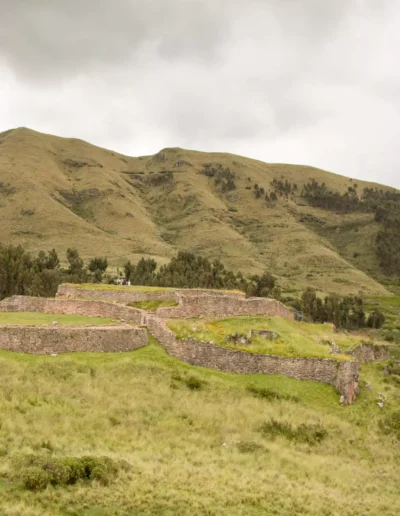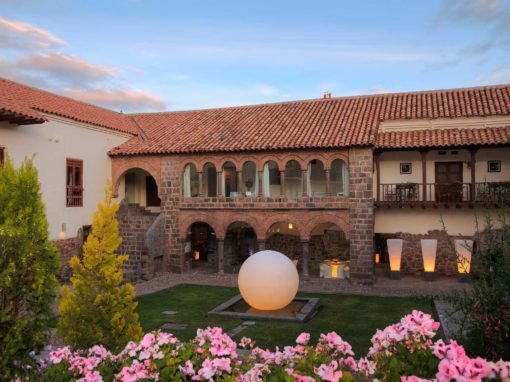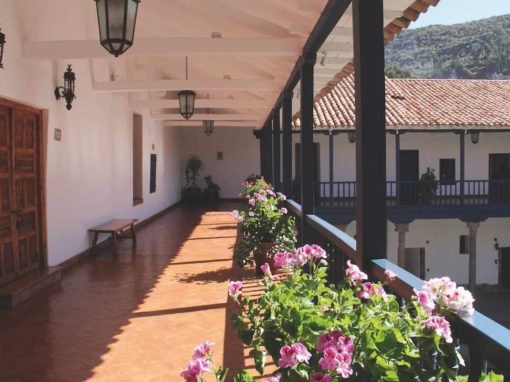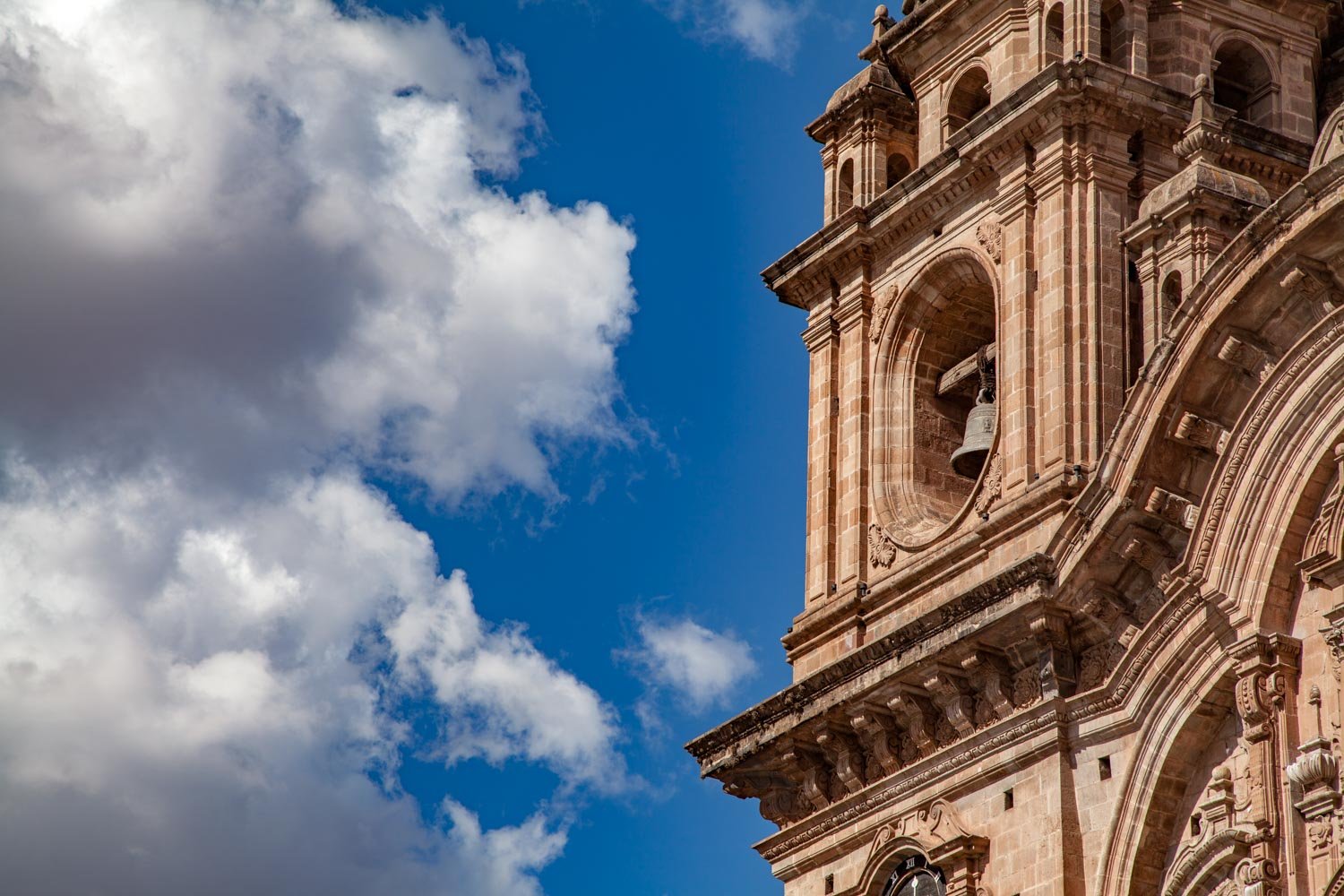HOTELS
ACTIVITIES
WEATHER
GETTING THERE
COMBINE WITH
ALBUMS & STORIES
Cusco: The Ancient Inca Capital
Cusco (or Cuzco) was the shining capital of the Inca Empire—Tawantinsuyu, otherwise known as “The Four United Regions”. As legend has it, the city’s site was determined by the first Inca, Manco Capac, when he drove a golden staff into the ground near Huanacauri.
This region is known to have supported Wari and Killke cultures several centuries before the arrival of the Inca—recent evidence suggests that the fortress of Sacsayhuaman was built by the Killke, and later adapted for Inca use.
Lima’s top restaurants regularly outnumber those of Sao Paulo, Buenos Aires, or Mexico City on San Pellegrino’s list of Latin America’s 50 Best .
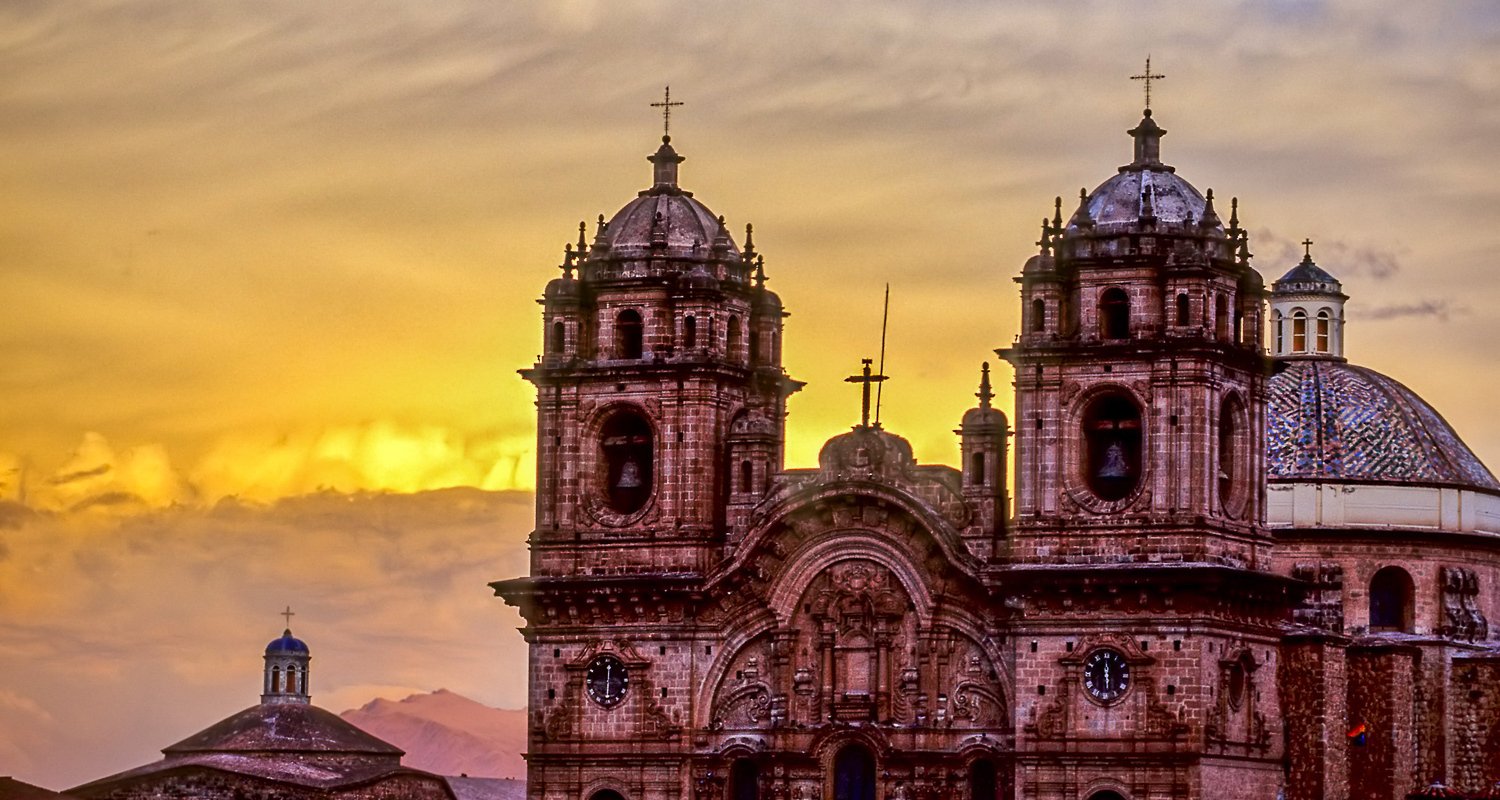
Layers of History
Inca influence still permeates the historic center, where Spanish churches now rest on Inca foundations. The areas surrounding Cusco are densely layered with archeological and cultural riches.
The South Valley
While the Sacred Valley and Machu Picchu are the most popular destinations, the South Valley is equally worthy of exploration. Highlights include the gardens and fountains of Tipon, the Temple of Wiracocha at Raqchi and the Wari city of Pikillacta.
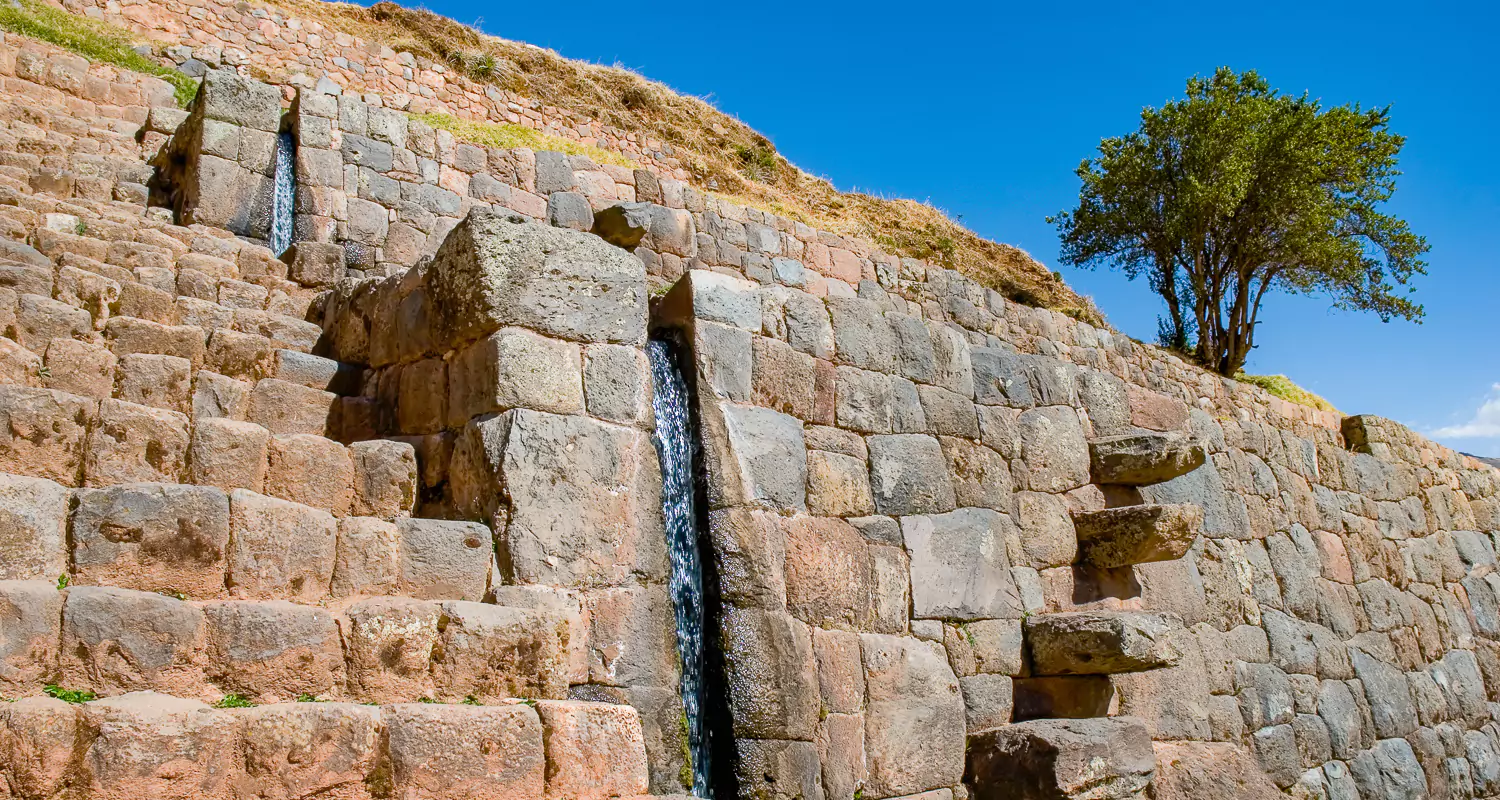
Our Favorite Hotels
Train Journeys
What to do in Cusco
Over the years, we’ve assembled a collection of trusted friends—ambassadors, really—who open the city to our clients, helping them access the city’s leading galleries, studios, workshops, and kitchens.
Whatever your interests, we’ll make the introductions. LANDED can assist arranging the following among other signature experiences:
- River rafting
- Street art tours
- Street food tours
- Cooking lessons
- Hiking tours
- Biking tours
- Visiting the Casa Concha Museum
- Exploring the San Pedro Market
- Visit the Cusco Planetarium
- Private tour of the Plaza de Armas, the Temple of the Sun, and the ruins of Sacsayhuamán.
- Private tour of the ancient center of Cusco
- Private tour of Awanacanch to learn about ancient weaving techniques
- Privately guided visit to the traditional Andean town of Chinchero
- Privately guided visit to the Chocomuseum for a chocolate-making and tasting class
- Privately guided tour of the Inca Museum, La Merced Church, and the hillside San Blas District.
- Privately guided horseback riding tour to Vinicunca, to see the Vinicunca Rainbow Mountain.
- Privately guided day trip to Palccoyo to see the Palccoyo Rainbow Mountain.
- Private ceremony with a Shaman on the hillside by Sacsayhuaman
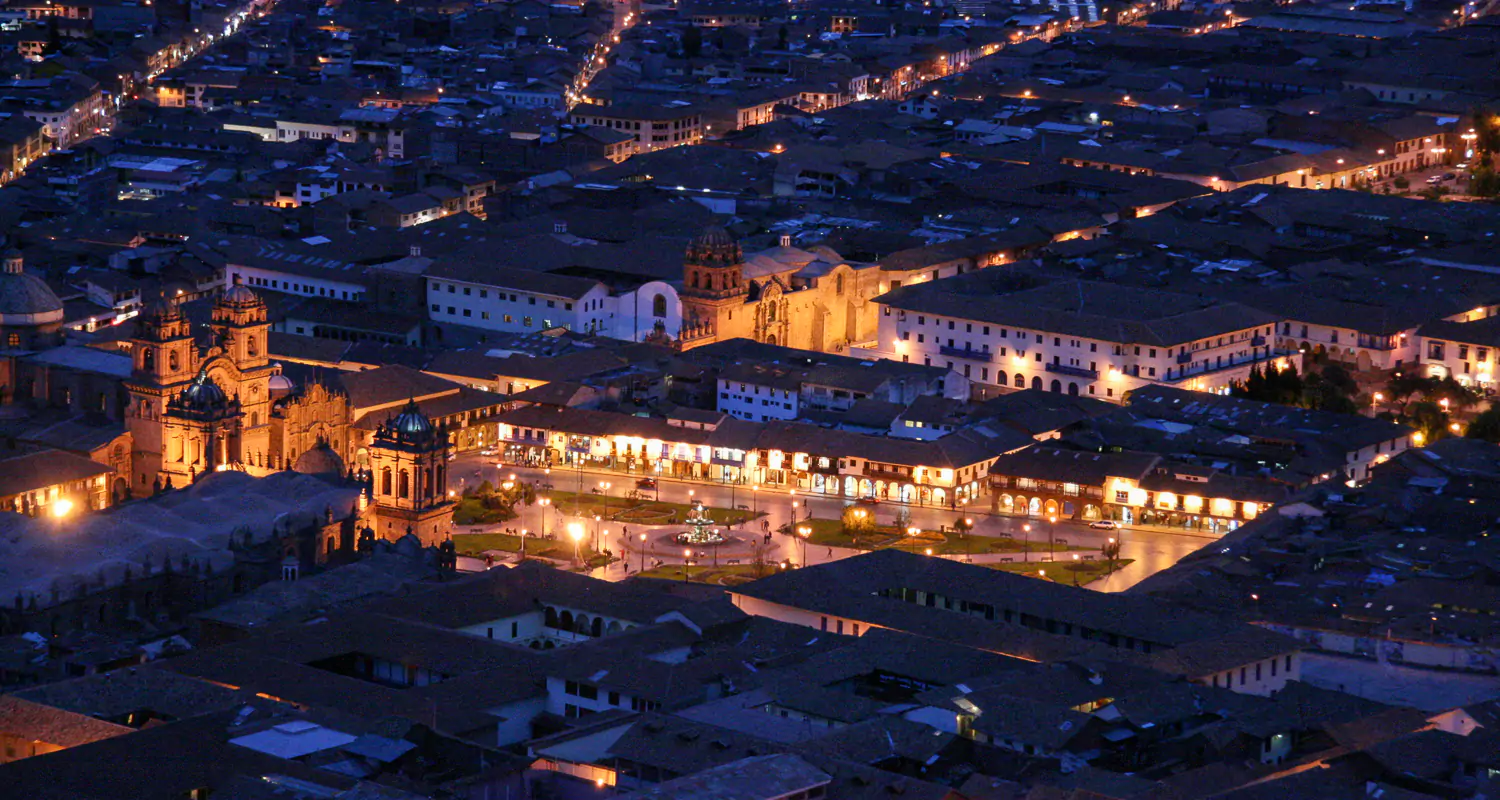
What is the Weather Like?
The climate in Peru’s Sacred Valley, including Machu Picchu and Cusco, varies significantly between seasons. The wet season begins in late October and extends into April. In an average year, rain falls on 8 out of 10 days. During the drier months of May to September, the average monthly rainfall is under 2 inches. June, July, and August tend to be the sunniest months. Average humidity is around 65% to 80% year-round. Still, these are rarely torrential downpours. Even during the wettest month, January, rainfall averages only 6.1 inches for the month—about one-fifth of an inch per day.
Temperatures, however, don’t vary much throughout the year. Average highs are near 70°F in the early afternoon, although highs can reach 80°F. Overnight lows average 40°F in the wet season and mid-30°F from May to August.
No matter when you visit, the weather in this area can surprise you. Mist and rain can be present at any time of the year. These averages are changing, please check extended weather forecasts using your favorite weather app prior to departure.
Altitude of Cusco
Cusco’s altitude is approximately 10,800 feet above sea level. To assuage the effects of the thin air , visitors are advised to rest well, avoid alcohol and eat lightly on their first day in the city.
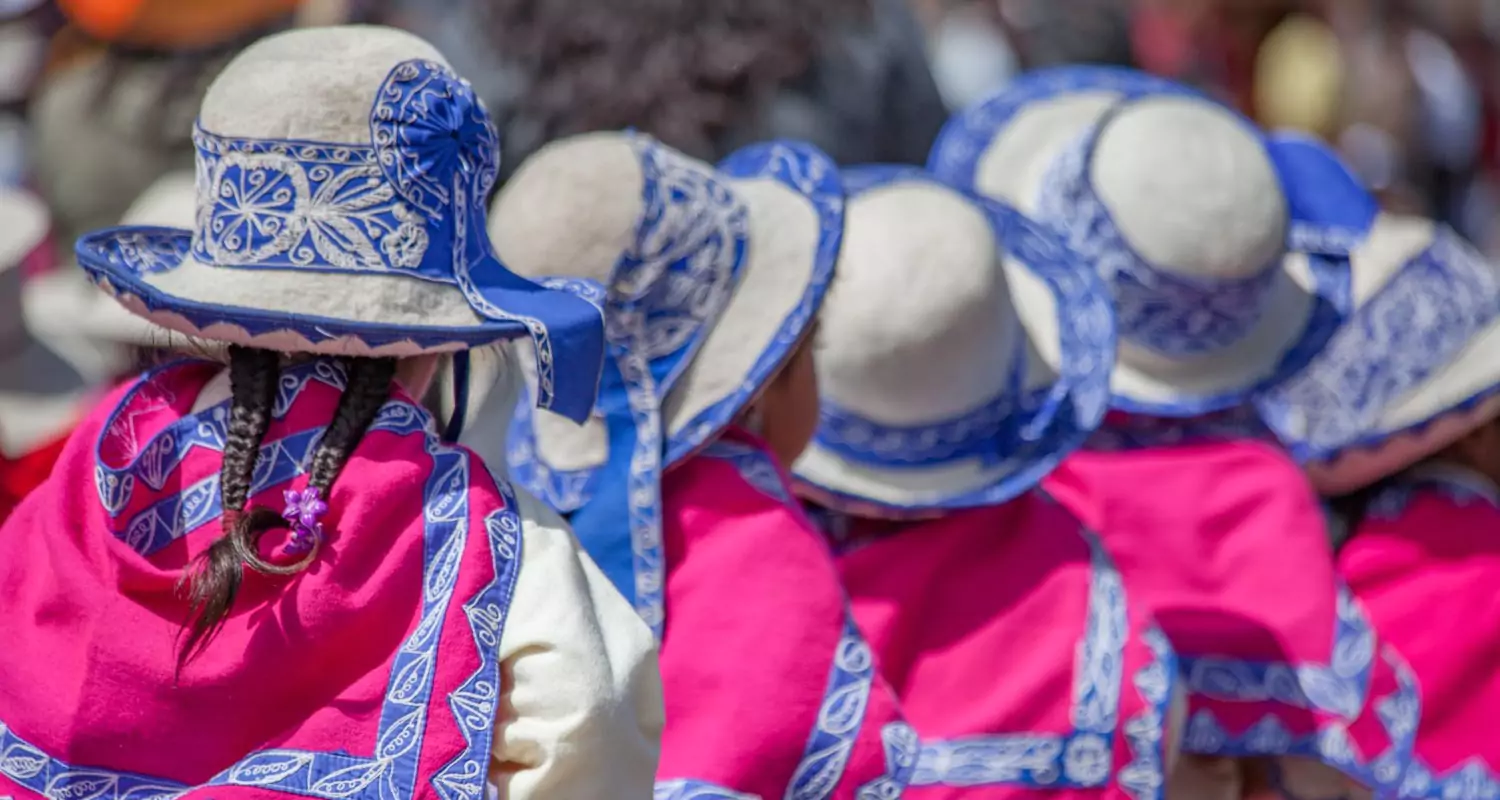
Getting There
Cusco is most commonly reached by air from Lima. This flight typically has a duration of an hour and twenty minutes.
The Andean Explorer, A Belmond Train connects Cusco and the Puno Region with Arequipa and the Colca Canyon.
Start your journey today
LANDED delivers the finest in custom, private travel to Central America, South America, and Antarctica. These regions are our passion; we know them first-hand and by heart. Speak with one of our travel designers and let us create a tailored itinerary for you in Cusco.
How to combine Cusco
Have some extra time? Here are some options for you to combine with
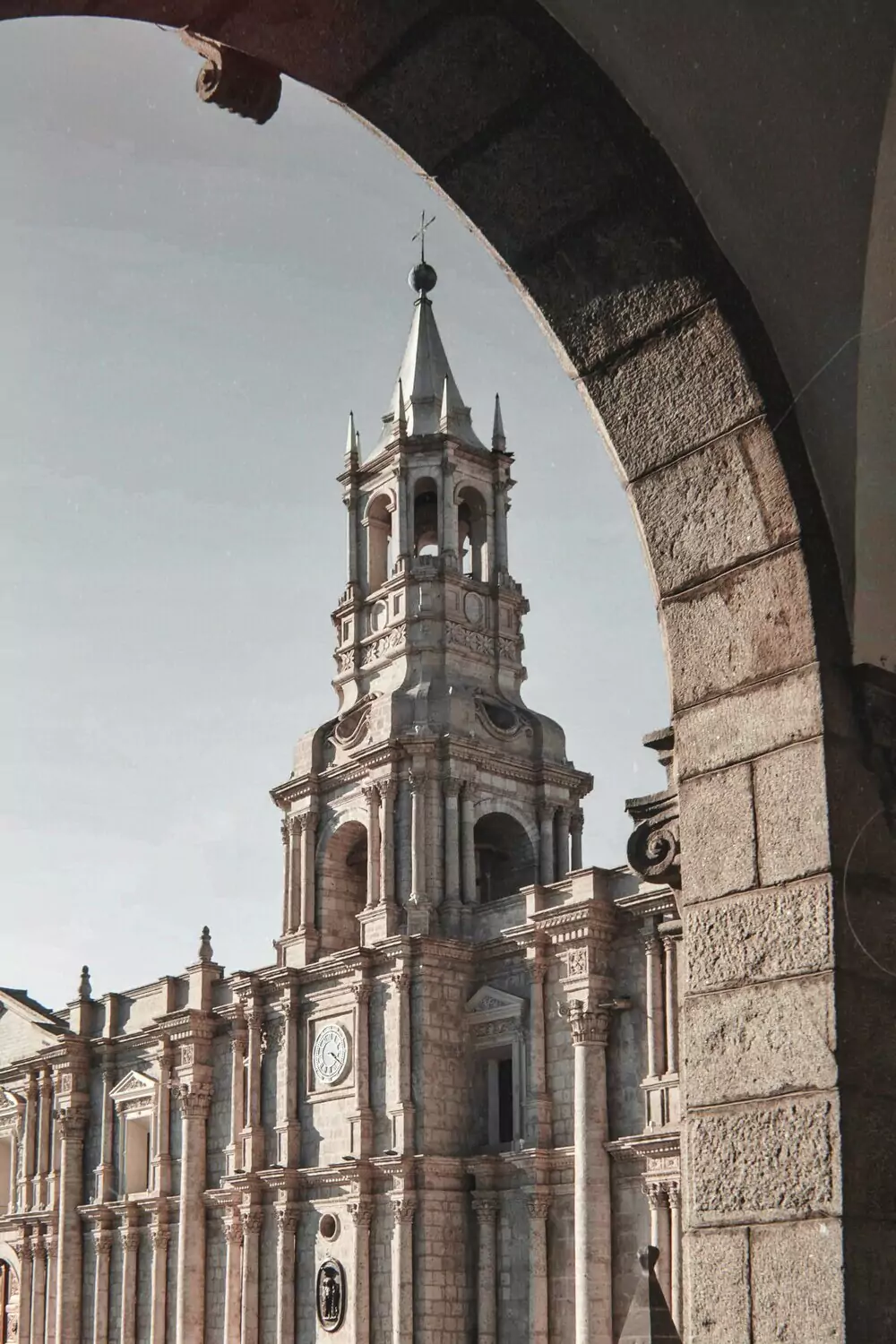
Arequipa
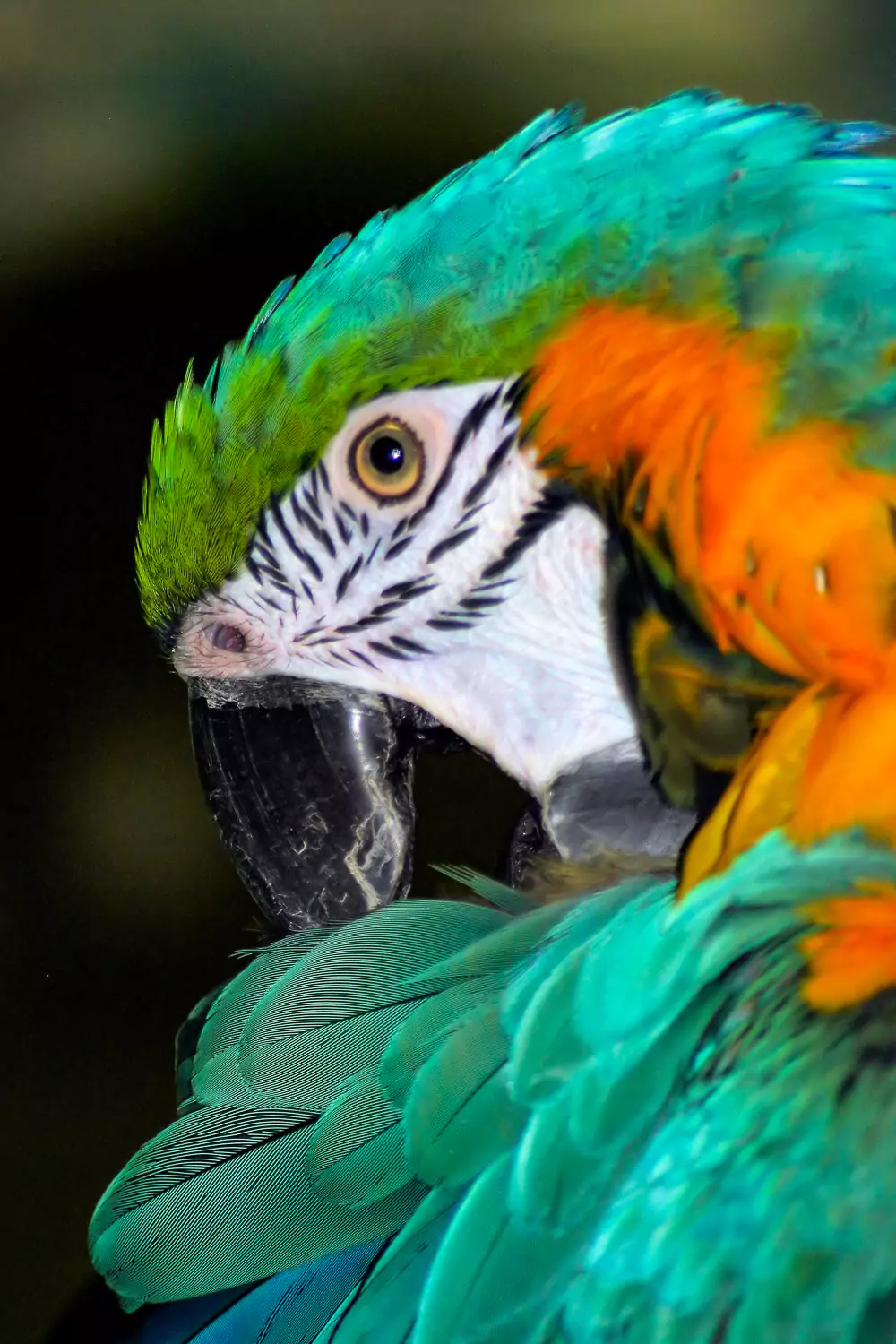
Amazon Basin
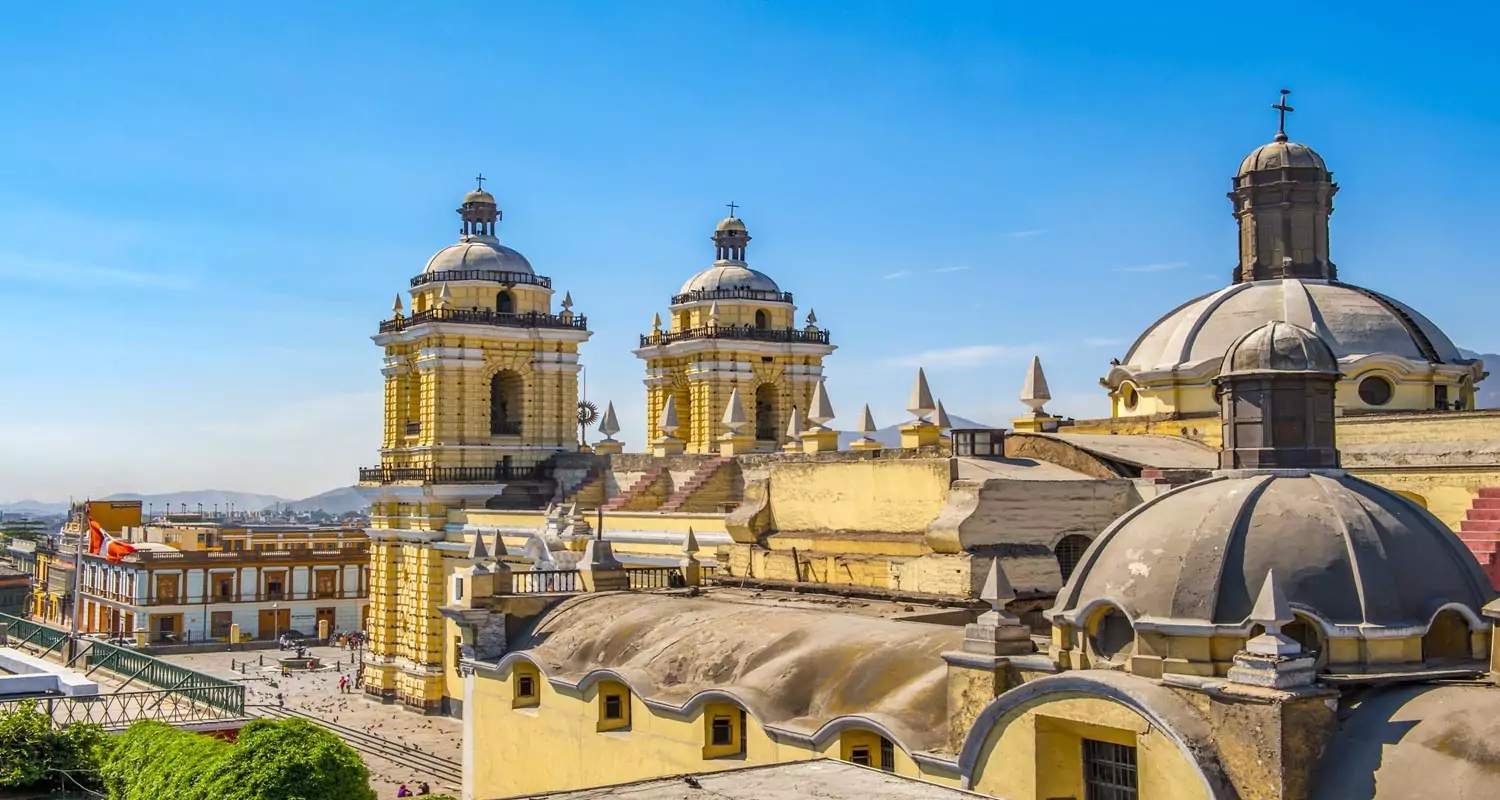
Lima

The Sacred Valley

Santiago


